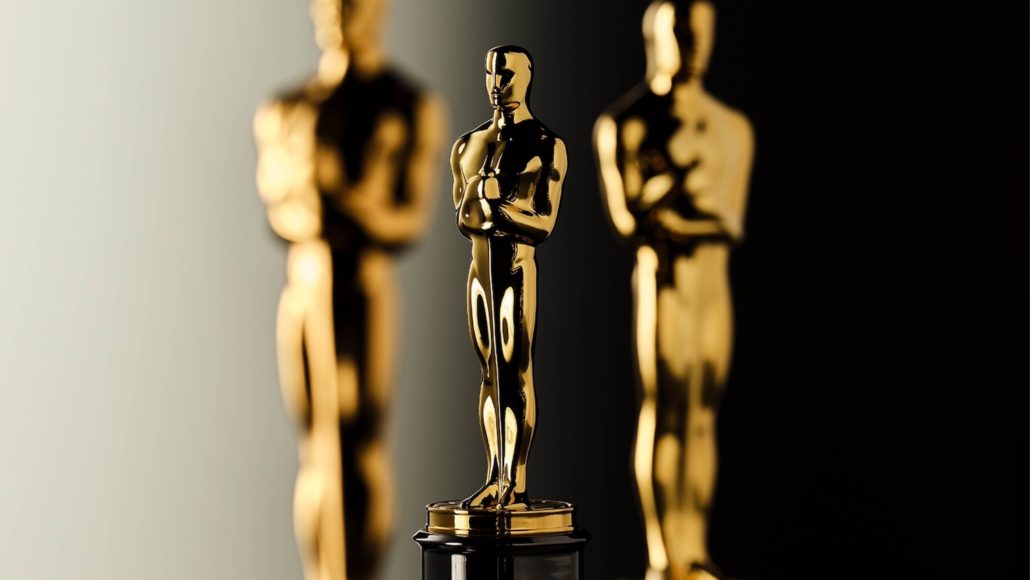10 Fascinating Facts You Didn’t Know About the Oscars

What makes the Oscars so iconic?
The glittering red carpet, the emotional acceptance speeches, the golden glow of those coveted statuettes?
We say all of the above—and much more.
The Oscars is Hollywood’s biggest night. A stage for history-making moments such as Halle Berry’s tearful win as the first Black woman to earn Best Actress or the viral mix-up that crowned La La Land instead of Moonlight.
Let’s take a look at some fascinating facts about Tinseltown’s most glamorous event—and how our Los Angeles Film School alumni have joined the line-up.
1. The statue’s Name Isn’t Actually Oscar
While we all know the iconic gold statue as the “Oscar,” that’s not its official name.
Formally, it’s called the ‘Academy Award of Merit,’ and the nickname ‘Oscar’ has a charm that stuck. But where did it come from?
Legend has it that a librarian, who later became the Academy’s Executive Director, quipped that the statue resembled her Uncle Oscar. The nickname became so popular that by 1939, the Academy officially adopted it.
And now, today, “Oscar” is as synonymous with the awards as the movies themselves.
This quirky bit of trivia is just one of many reasons why the Oscars have captured the world’s imagination for decades. Want to know more about Oscar history? Check out our Oscars blog post.
2. A Nominee Who Spans Seven Decades
Few people have left as huge a mark on the Oscars as composer John Williams.
Known for his breathtaking scores for films like Star Wars and Jurassic Park, Williams holds a pretty impressive Oscar nominations record. Ready for this?
He’s the only individual to be nominated in seven consecutive decades, starting in 1968 and extending into 2024.
The 54 nominations and five wins under his belt make for a pretty epic story in itself. And at 92, he’s also the oldest nominee in Academy history.
3. Winners Can’t Sell Their Statues
Think owning an Oscar would be the ultimate collector’s dream? Not so fast.
The Academy has some pretty strict rules to keep their golden statues from becoming just another item on the auction block. Since 1951, winners and their heirs have had to offer the statue back to the Academy for a symbolic $1 if they ever want to sell it. The goal? To make sure the Oscar stays priceless and not a tradable trophy.
4. A Speech That Changed the Rules
When Greer Garson accepted her award for Mrs. Miniver in 1943, she gave a speech that lasted over six minutes.
While her heartfelt words were memorable, they also prompted the Academy to introduce a 45-second time limit for acceptance speeches.
Today, winners must balance gratitude and brevity, making sure the show flows smoothly while still capturing those emotional moments.
Check out these words by Viola Davis in 2017 that prove the power of a short speech.
5. A Category for the Ages
When the Oscars kicked off in 1929, there were just 12 categories.
Fast-forward nearly a century, and the awards now span a mighty 23. It’s a testament to how much the art of filmmaking has evolved—and how the Academy has grown to honor more of it.
One of the more recent additions is the Best Animated Feature category, which made its debut in 2002. And the first winner of this much-loved category? None other than Shrek, Pixar’s loveable ogre that broke the mold with its witty humor and awesome animation.
Since then, the category has become a fan favorite, shining a spotlight on animated masterpieces from across the globe.
6. A Venue Steeped in Hollywood History
The Oscars have graced some of Los Angeles’ most iconic venues over the years.
The first ceremony in 1929 was an intimate, banquet-style event at the Hollywood Roosevelt Hotel. As the Oscars grew, they moved to grander stages like Grauman’s Chinese Theatre and the Art Deco Pantages Theatre.
In 2002, the awards found their permanent home at the Dolby Theatre, a modern venue designed for cinematic spectacle. Just a mile from The Los Angeles Film School, the Dolby Theatre stands as a symbol of Hollywood glamour and a reminder of what’s possible for all the aspiring filmmakers out there.
7. The Statuettes are Surprisingly Heavy
The Oscar statuette may look elegant, but it’s anything but light.
Standing at 13.5 inches tall and weighing a solid 8.5 pounds, these iconic awards are crafted from solid bronze and plated in 24-karat gold. It’s like holding a small bowling ball—except way shinier and far more prestigious.
8. Historic Milestones
The Oscars have been a stage for groundbreaking moments that shaped film history. Kathryn Bigelow’s 2010 win for The Hurt Locker made her the first woman to win Best Director.
In 1972, Sammy Davis Jr. became the first Black person to co-host the event, and Whoopi Goldberg later became the first woman and Black person to host solo.
These milestones show how the Oscars have helped bring diverse voices into the spotlight, paving the way for a more inclusive industry.
9. Beatrice Straight’s 5-Minute Win
Beatrice Straight proved that you don’t need hours of screen time to make an impact.
Her five-minute, two-second performance in Network earned her the Oscar for Best Supporting Actress, making it the shortest winning performance ever.
Even with such a short appearance, her delivery hit all the right notes and stuck with audiences and voters.
10. Alumni in the Spotlight
Here at The L.A. Film School, we have our own ties to Oscar glory.
Celebrated alumni like Phillip Bladh, who won Best Sound for Sound of Metal in 2021, and Martin Pensa who was nominated for his work on Dallas Buyers Club.
These achievements reflect our never-ending commitment to nurturing talent that shines on the very biggest stages.
Explore our programs and discover how we can help you craft your own cinematic legacy.
Hollywood’s brightest night awaits—will you be part of it?
